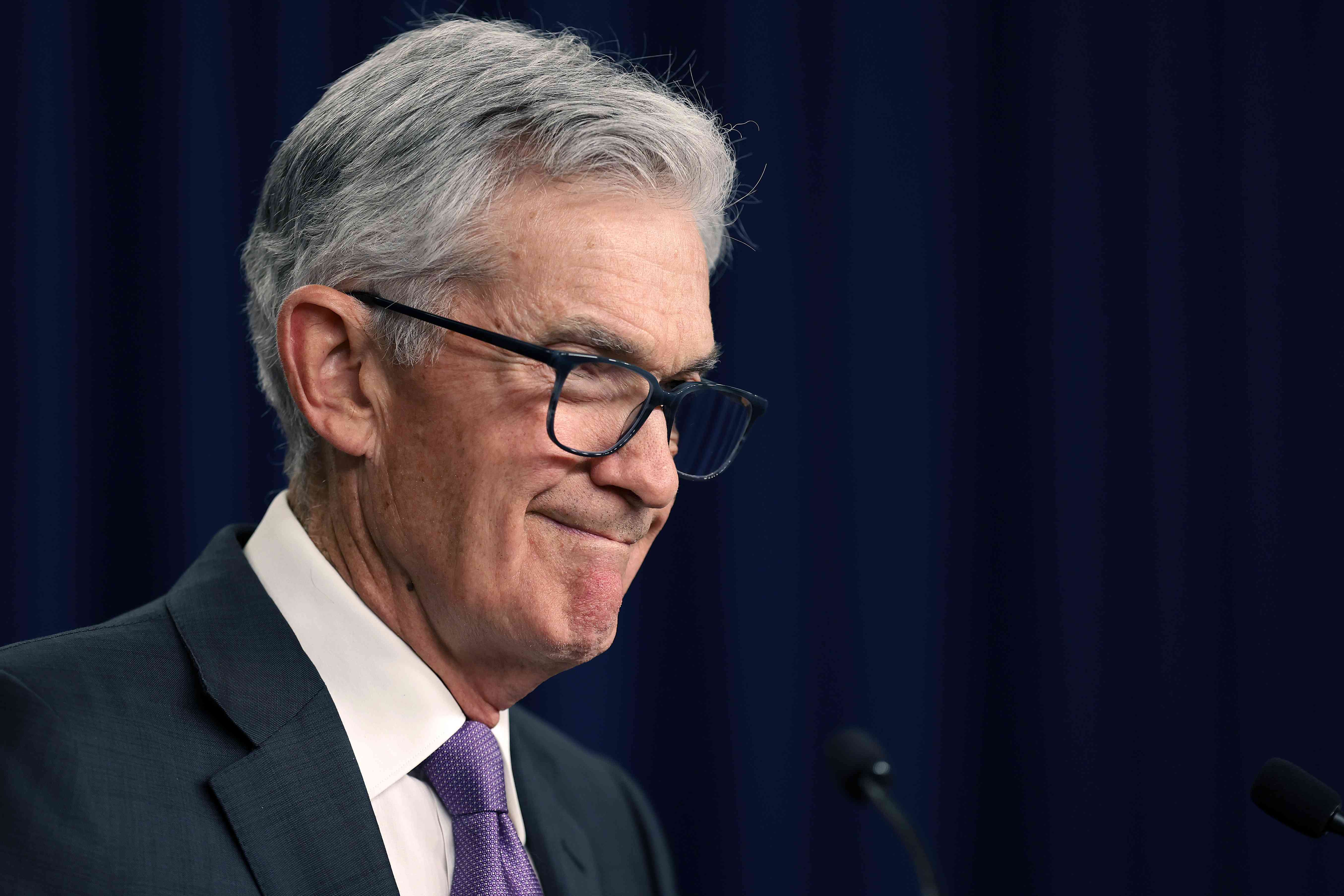
Key Takeaways
- Fed officials have penciled in higher economic growth and lower unemployment in the years ahead than when they last made predictions in December.
- That scenario would be a historically rare “soft landing” from the high inflation that flared up in 2021.
- A soft landing has happened only once, arguably, in 1994, with other episodes of inflation winding down only after recessions and high unemployment.
If the Federal Reserve’s latest economic projections are anything close to accurate, the U.S. economy is set to recover from a bout of high inflation without a recession and mass unemployment—and, depending on your definitions, you can count on as few as 0 hands how many times that’s ever happened before.
Officials at the Federal Open Market Committee are growing increasingly optimistic about the possibility the economy will have a “soft landing,” rather than an economic crash, from the high inflation that flared up in 2021 as the economy reopened from the pandemic, according to economic projections they released Wednesday.
When each member of the 19-person committee was polled about the future of key economic indicators, the median answers projected the economy growing faster, and unemployment staying lower than their previous round of estimates in December. The median GDP growth estimate for 2024 rose to 2.1% from 1.4%, and the projection for unemployment fell to 4% from 4.1%, with similarly upgraded forecasts for 2025 and 2026 as well. All of those numbers are in line with a healthy economy, not one that’s in a recession.
They also projected keeping the fed funds rate higher in 2025 and 2026 than previous estimates, implying there’s less of a risk they will have to cut interest rates to stimulate the economy to stave off a downturn.
“The belief that fewer cuts are needed next year likely suggests that the central bank is assigning a higher probability of a soft landing, or where it returns inflation to target without pushing the economy into a recession,” Ryan Sweet, Chief U.S. economist at Oxford Economics, wrote in a commentary.
Should those projections pan out, it would be a historic turn of good fortune for the U.S. economy. That’s because the central bank has used its traditional tough medicine—aggressively raising its benchmark fed funds rate—to combat inflation. And historically, that cure has been effective, but with the unwanted side effect of smothering economic growth and causing a recession. Eight of the last nine times the Fed has aggressively raised interest rates, it’s caused a recession, according to a 2022 analysis by Piper Sandler.
(Other economists count differently, and either give the Fed credit for several “softish” landings at various points since the 1960s, or point out that there wasn’t very high inflation in 1994, so it’s debatable whether that episode should even count as a soft landing.)
Now that inflation is seemingly on a downward path— albeit a bumpy one —the Fed is preparing to cut its benchmark interest rate , reducing the stranglehold that high interest rates have put on all kinds of loans from mortgages to credit cards. If inflation stabilizes with no economic downturn, the Fed will have found what economists have dubbed the “holy grail” of monetary policy—raising interest rates enough to cool the economy, but not so much that it smothers growth.

